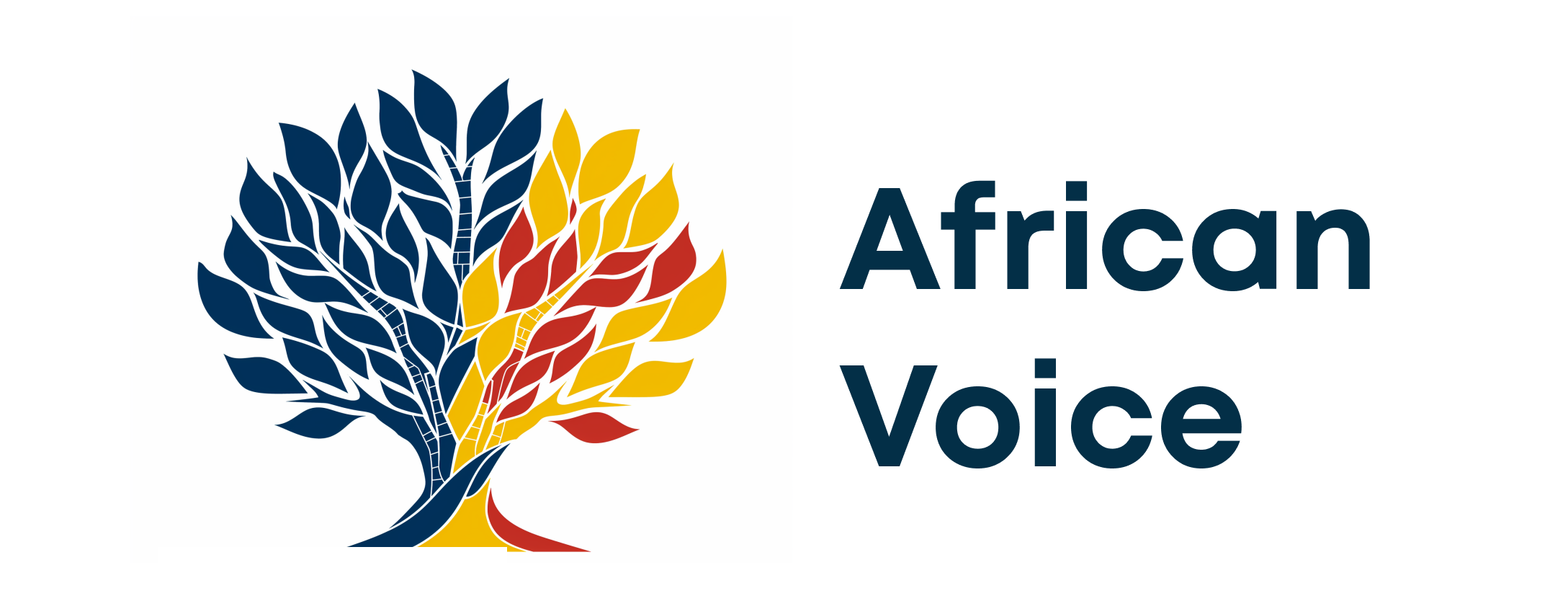Elon Musk’s Starlink terminals sold out in Kenya’s capital of Nairobi, less than two months after the company introduced a rental option to make its services more accessible and affordable for Kenyans.
Nairobi, along with the areas of Kiambu, Machakos, Narok, Murang’a, and Nakuru, has been affected by Starlink’s service outage in the country. The regions now join five Nigerian cities — including its capital, Abuja, as well as Kano, Lagos, Port Harcourt, and Warri — where the high-speed internet service has sold out, according to a coverage map on Starlink’s website.
“Nairobi and neighbouring areas are currently at network capacity. This means that too many users are trying to access the Starlink service within Nairobi, and there isn’t enough bandwidth to support additional residential or roaming customers now,” Starlink said.
> Elon Musk’s Starlink Entry in Kenya Sparks Surge in Satellite Internet
“Starlink is working to restore service in the disrupted areas, and a notification will be sent once the residential plan is back.”
In Africa, Starlink terminals have sold out in five countries so far. Terminals are no longer available in Kenya, Nigeria, and Zambia, while in Antananarivo, Madagascar, and the South African cities of Pretoria and Johannesburg, the service status is labelled “Service date is unknown at this time,” indicating potential customers in these markets will face longer wait times for the kits and services.
The rapid sellout of Starlink terminals in the affected countries reflects the rising demand for satellite internet services, which offer coverage even in the many areas lacking traditional broadband infrastructure on the continent.
Musk’s Starlink uses thousands of small satellites in low Earth orbit (LEO) designed to carry large amounts of information rapidly to any point on Earth, even over oceans and in extremely hard-to-reach places where fibre-optic cables would be expensive to lay down.
Since its launch in Kenya in July 2023, the number of Starlink users has grown from 405 in March 2023 to 4,808 in March 2024, reaching 8,063 users by June 2024 and representing a 0.5% share of Kenya’s internet market. This growth has been driven by the demand for low-cost and reliable internet, fueled by promotions on kits and the introduction of more affordable monthly plans. For instance, in August, Starlink introduced a rental plan at $15.15 monthly (Ksh1,950) for users who cannot afford the $350 (Ksh45,000) hardware cost.
Starlink’s competitive pricing has disrupted the market, making it challenging for local internet service providers (ISPs) to compete. For example, its 50GB data plan costs less than half of what Safaricom and Airtel Kenya charge for a similar package.
> Safaricom Celebrates 24 Years With Cheap Data Bundles

























